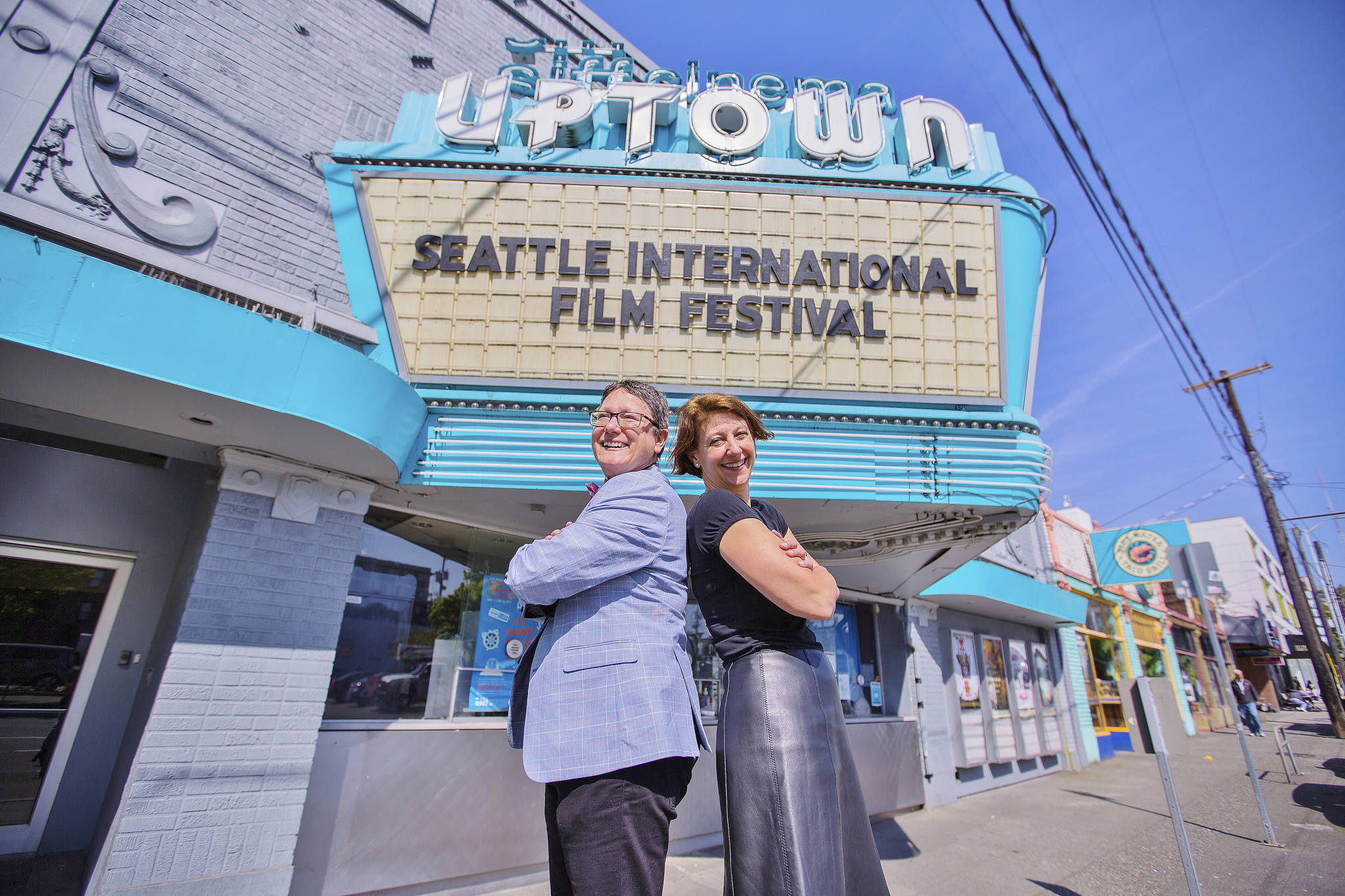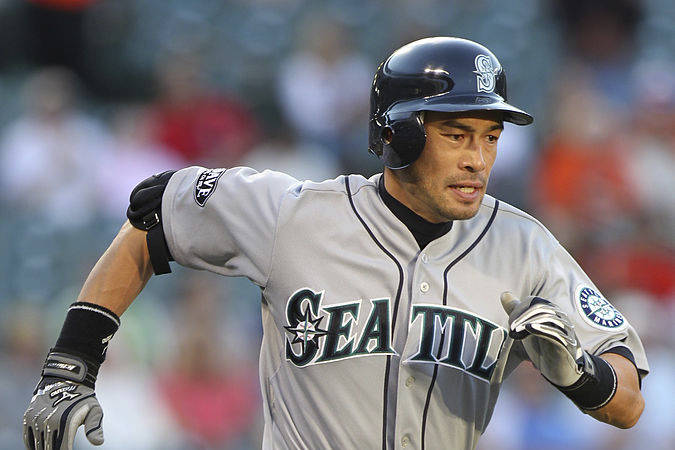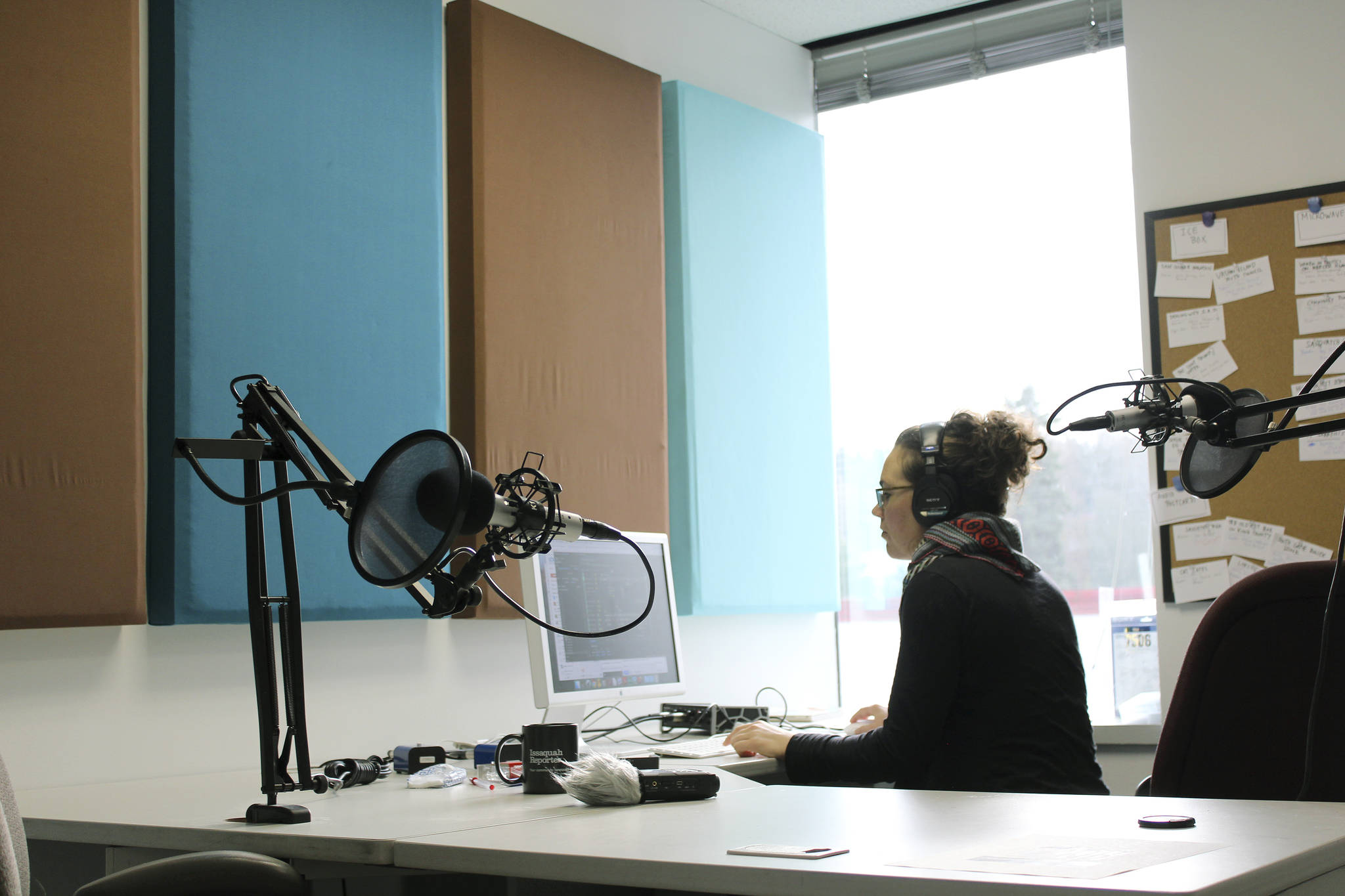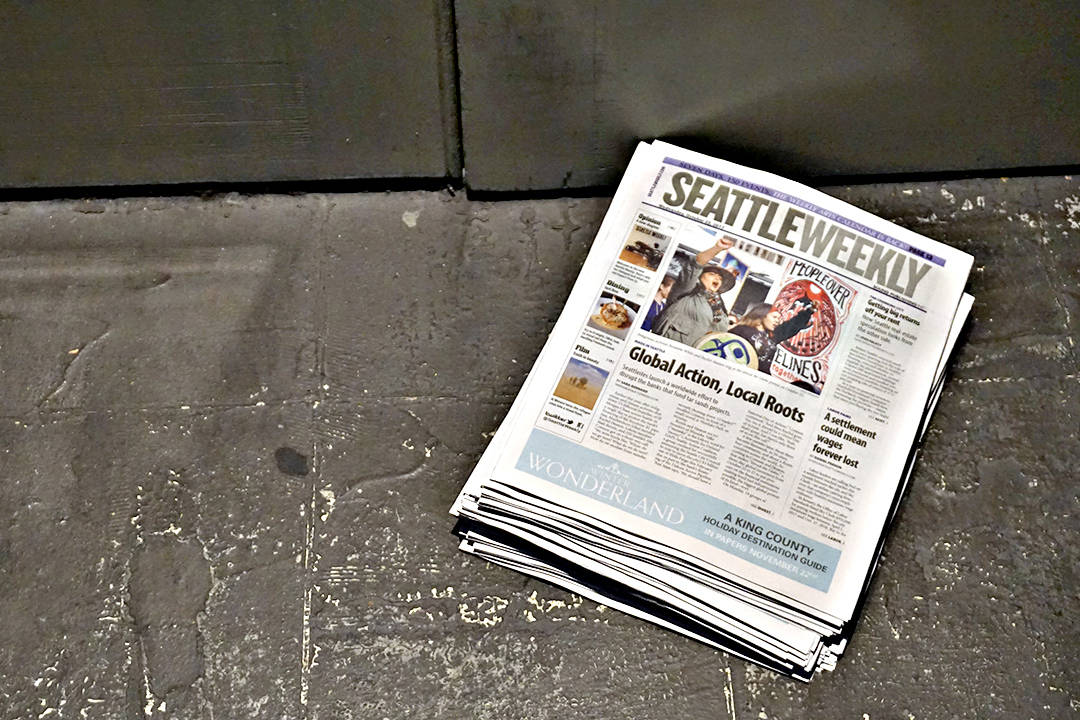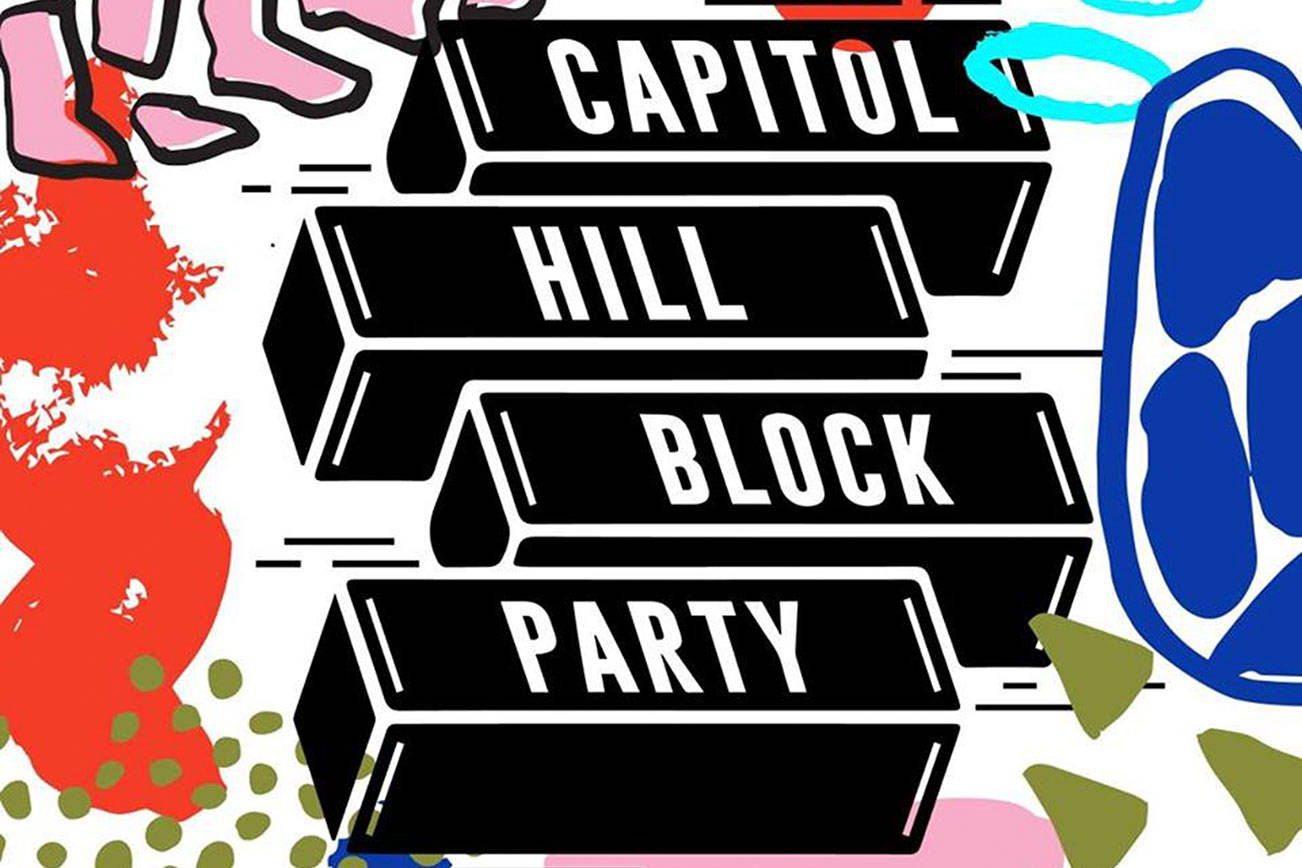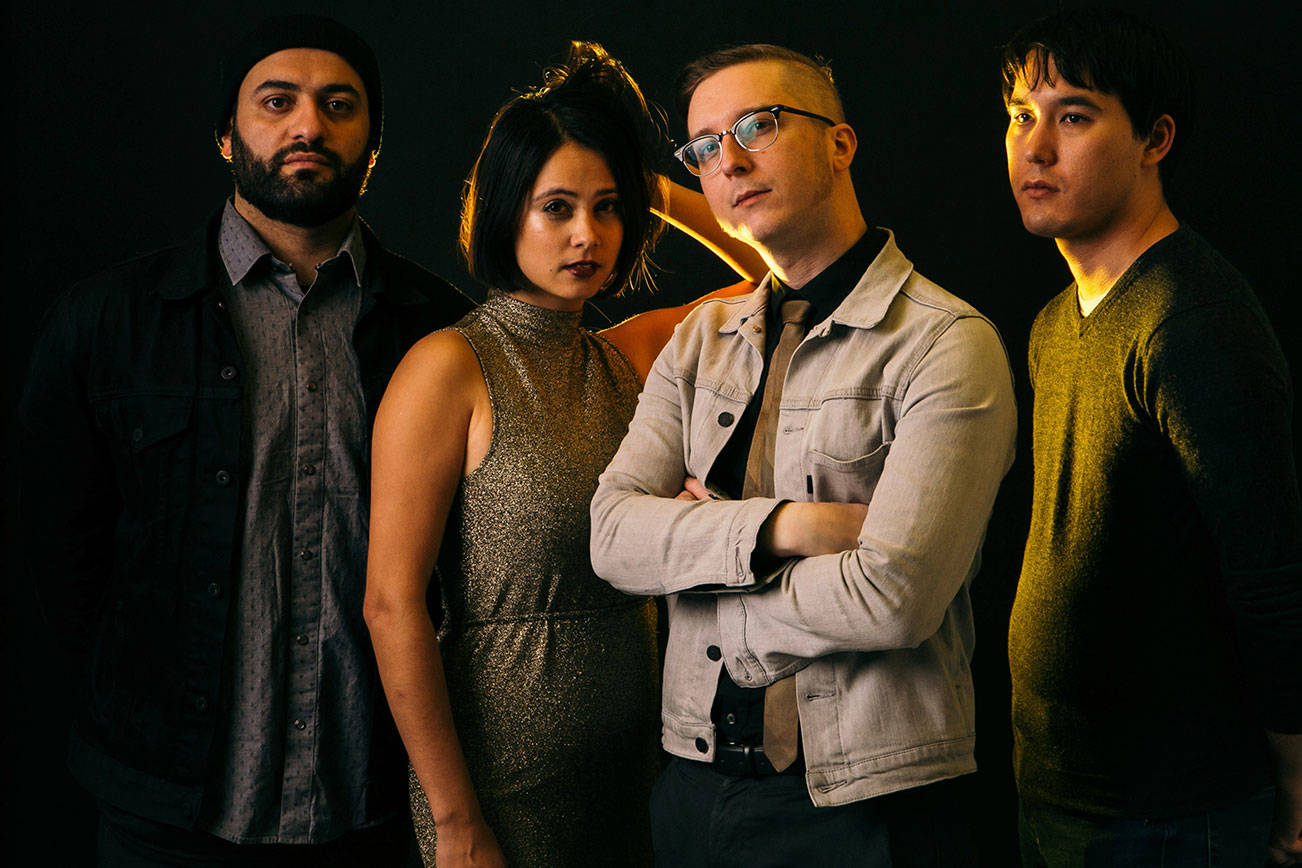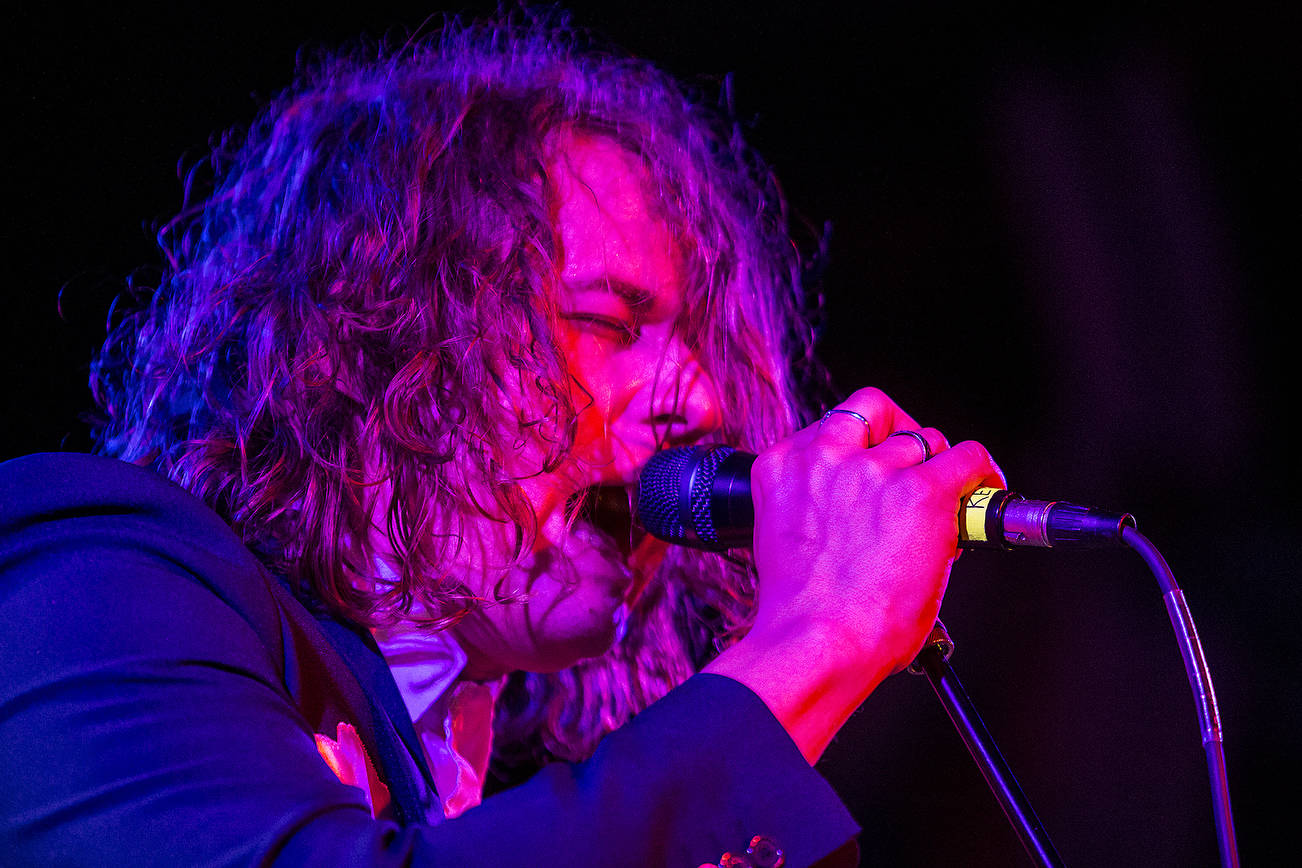Last year SIFF screened Welcome to Doe Bay, a picturesque documentary about a small music festival on Orcas Island that has had an outsized impact on the Northwest music scene. Filmed during the festival’s three-day span on a somewhat remote island, the parameters for that film were well-set. The Otherside, this year’s local-music-zeitgeist doc premiering in SIFF’s “Face the Music” program, was created with no such parameters. Directed by Daniel Torok and produced by J.R. Celski and Vinny Dom, it’s an inside look at the Seattle hip-hop scene, following its subject wherever it may go.
Too often this approach results in a meandering tale, but not this time. Since filming began a few years ago, the scene has exploded. At least it has for Macklemore and Ryan Lewis, the artists responsible for the song from which the doc’s title is derived. And, yes, the documentary ultimately trains its focus on the rapper responsible for the quadruple-platinum hit “Thrift Shop.” But thankfully it sets up its main act with plenty of support.
The film opens on an interview with famed Roots drummer (and leader of Jimmy Fallon’s house band) ?uestlove, one of the pre-eminent authorities on the state of contemporary hip-hop. His contention is that hip-hop has grown up and maybe lost some of its swagger. “Hip-hop is a 34-year-old single mother of three,” he says. “It’s gotta become a subculture again.”
Enter Seattle. In his 47-minute doc, director Torok efficiently splices together music videos, interviews with dozens of the city’s artists and promoters, candid backstage footage, and high-energy live performances. He constructs an argument that the Seattle scene can be that subculture, though he never states his thesis so obviously.
Torok lays his groundwork early with heavyweights paying authoritative, if cursory, respect to the past. KEXP DJ, MC, and Stranger columnist Larry Mizell Jr. remembers long-gone venues Rock Candy and the Paradox and influential regional compilations 14 Fathoms Deep, Do the Math, and Classic Elements. Shabazz Palaces’ Tendai Maraire talks about the freestyle battles that used to spring up at the Mural Amphitheatre, and he remembers listening to Nasty Nes introduce the city to early rap on 1250 K-FOX. Producer Jake One recalls attending early music conventions and handing out recordings of beats he made.
Much hand-wringing follows, with artist after artist weighing in on the core existential dilemma of Seattle hip-hop: the lack of a distinctive sound. “The fact that there is no sound is our sound,” says Fresh Espresso’s P Smoov. “It’s a great place for an idea to flourish.” This is true, as proven by the doc’s mesmerizing performances by diverse acts like Shabazz Palaces, the Physics, and Champagne Champagne (though the lack of female artists is noticeable). And yet, here is where the story of Seattle hip-hop usually loses its luster and sputters. The artists might be comfortable without a dominant aesthetic, but diversity doesn’t really make for a strong central narrative. This is where Macklemore comes in.
Torok plays his deus ex machina perfectly. Though there are glimpses of Seattle’s breakout artist in the film’s opening moments, Macklemore remains completely—and purposely, it seems—absent from The Otherside until the 20-minute mark. Brainstorm, an MC for the group Dyme Def and one of the film’s most compelling talking heads, narrates the moment. “There’s no fuckin’ reason why Seattle shouldn’t be a staple for music as far as hip-hop goes,” he says. As he finishes his sentence, the picture cuts to a candid glimpse down a crowded hallway where Macklemore is waiting in the wings. From this point on, it’s Macklemore’s show.
Torok’s documentary doesn’t abandon the other musicians here, but Macklemore’s presence overshadows their every quote. When MC Khingz talks about working your ass off, you think about Macklemore. When Spac3man talks about the need to tour, you think about Macklemore. When RA Scion talks about being uncompromising in his art, you think about Macklemore. And when Macklemore talks about the potential of the artists in the region, you think about Macklemore.
“We’re starting to become comfortable in our own skin and in the music we’re making as a region,” says Macklemore in a segment that appears to have been shot before he sold out three nights at the Showbox, played the mainstage at Sasquatch!, released his and Lewis’ debut album, The Heist, and then rocketed to the top of the charts. “We don’t have to look at those other regions and be like, ‘Man, why aren’t they paying attention to us the way they’re paying attention to those guys in L.A.?’ . . . It doesn’t matter. If we’re doing us, the people will eventually catch on. And I think that has already started.”
There’s an irony to watching such scenes and knowing what’s ahead for these artists. Torok does a fine job of capitalizing on the moment while not losing the larger story of Seattle hip-hop. Yet The Otherside feels unfinished. Near the end of the film, Lewis is interviewed, post-breakout, in the green room prior to his and Macklemore’s March performance on Saturday Night Live. “The last five months, starting with The Heist coming out, have probably been the craziest,” he says. “Everything is kind of changing. It’s a lot to keep up with.”
How will these two artists and their Seattle peers keep up? Will the local hip-hop scene endure, or go the way of flannel? That can be the subject of Torok’s next documentary. E
mbaumgarten@seattleweekly.com
The Otherside SIFF Cinema Uptown. 7 p.m. Fri., May 31, 8:30 p.m. Sun., June 2.

